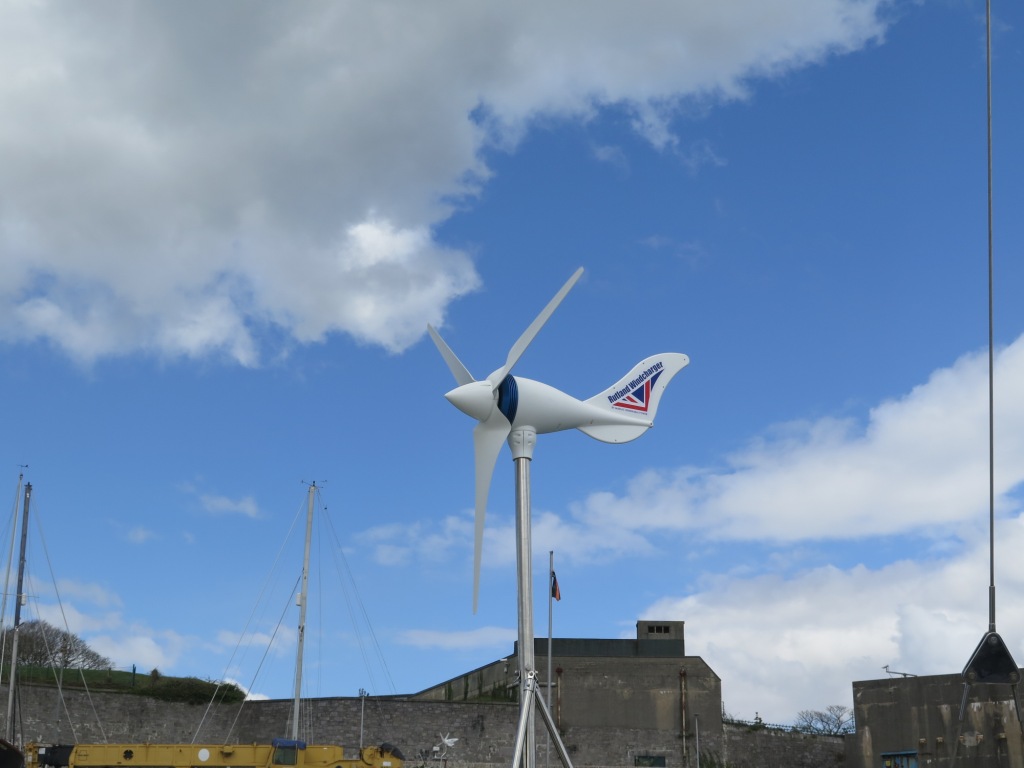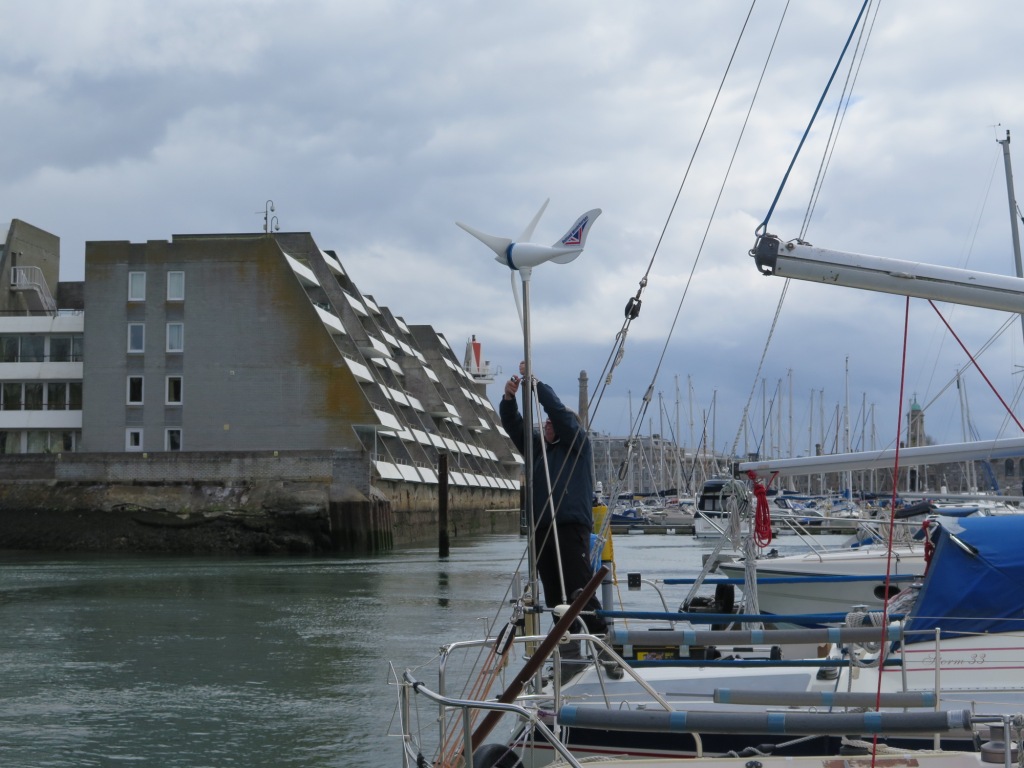Marlec's roots are in the tiny, landlocked county of Rutland. In 1979 John Fawkes, a retired engineer, created a wind-powered generator to power electric fencing on farmland. That product, the Rutland Windcharger, set the template for the company's future products. The turbines produced by Marlec today are essentially very similar to that of the original Rutland Windcharger, albeit tweaked with 21st-century technology.
Designed to cope with the most extreme conditions, Marlec's products are not only popular with amateur sailors. The Rutland 504 Windcharger and SunWare solar panels, for example, were used in The Row to the Pole challenge a few years ago, when a five-man British team became the first to row a vessel to the magnetic North Pole – an expedition which highlighted the effects of climate change
After the eruption of the Eyjafjallajökul volcano in Iceland in 2010, which left an ash cloud that disrupted European airspace for several days, the company's custom kits (turbines, solar panels, controllers and battery packs) were used by researchers to charge seismic monitoring equipment. “Our turbines and solar panels have also helped supply electricity to medical clinics in Africa – something of which we are incredibly proud,” said Auciello.
Now based in Northamptonshire, Marlec has diversified its product range to include solar panels, batteries, voltage regulators and controllers, some of which the company manufacture and some it distributes, but it is for its wind turbines that Marlec is most well known. The Windcharger range includes solutions for land and sea, from the Rutland 504, the lightest of all Marlec's turbines, to the FM1803 Furlmatic Windcharger, which features a 1.8m diameter turbine producing 410 watts of power at wind speeds of 21 knots. An MPC1 controller protects batteries against overcharge.


